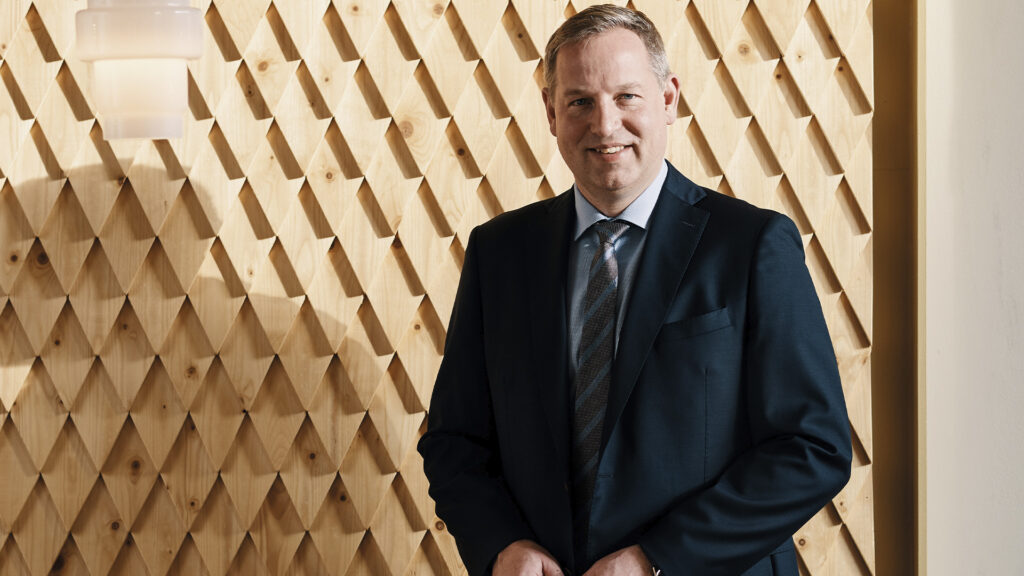A significant part of the wealth of municipalities is tied to buildings and infrastructure. Therefore, their planned maintenance and upkeep, as well as well-timed repair investments, are also the cornerstones of sustainable municipal finances, functioning everyday life and security of supply, reminds Aleksi Randell, CEO of the Finnish Construction Industry Association.

Municipal finances have been tight in recent years, and there is no quick relief in sight. Many municipalities have had to postpone maintenance investments in real estate, traffic routes and water supply networks in favor of other projects. At the same time, the already significant repair debt has increased even further.
The ageing of buildings and infrastructure and increasingly challenging weather conditions are putting additional pressure on the maintenance and repair of buildings and infrastructure. The pressure is also increasing due to the Energy Performance of Buildings Directive (EPBD), whose stricter requirements will be incorporated into national legislation by summer 2026.
Public buildings have been elevated to the role of trendsetters in this regard. This means that municipalities must significantly improve the energy efficiency of their property portfolio from the current level. In addition, renovation work must be carried out quickly, as buildings with the lowest energy efficiency ratings must meet the new criteria by 2030.
CEO of Rakennusteollisuus RT Aleksi Randell is now pushing municipalities to move. Pledging the necessary repair investments is cutting your own branch, which is directly reflected in the condition, usability, value, security of supply and the smooth running of everyday life of the built environment and infrastructure. The latter have gained a whole new importance with hybrid threats.
Neglecting repairs and maintenance leads to unmanageable costs, including energy waste, water and sewerage system leaks and emergency repairs. A deteriorating property stock and poorly maintained infrastructure weaken the municipality's vitality and attractiveness as a potential place to live and work. In turn, well-maintained daycare centers, schools and transport routes increase its attractiveness.
"Taking care of the built environment ensures that the municipality is a good place to live, that residents can use healthy and safe facilities, and that businesses can invest. It is also about managing national wealth – if necessary repairs are not made, the bill will be even bigger in the future," Randell emphasizes.
The CEO of RT, who also served as Mayor of Turku in recent years, is aware that municipal decision-makers face a tough financial challenge.
In 2020, municipalities' renovation debt was approximately 9 billion euros and the basic renovation need was around 17 billion. Meeting the energy efficiency directive alone requires doubling renovation construction from the current level.
However, when faced with a large-scale task, one must not give up and throw up one's hands.
"Predictive and timely maintenance of service buildings extends their service life and reduces unexpected expenses. Smart building technology and digital property services, in turn, improve the quality of the indoor environment and reduce life cycle costs, energy consumption and emissions," Randell lists.
The world has also changed in terms of investment financing. Interest rates have fallen and the European Investment Bank offers financing and guarantees for projects.
"They are definitely worth taking advantage of and hopefully we will also receive government support," Randell adds.
He needs determination and long-term perseverance from future decision-makers. Planned renovation is an environmental act, but at the same time part of the municipality's long-term asset management and sensible finances.
A smart municipality also regularly assesses the state of the built environment, draws up a long-term plan for maintenance, and does not compromise on the set goals.
“The time is also favorable for such renovation projects, as the increase in construction costs has slowed down and there is free capacity,” Randell reminds us.